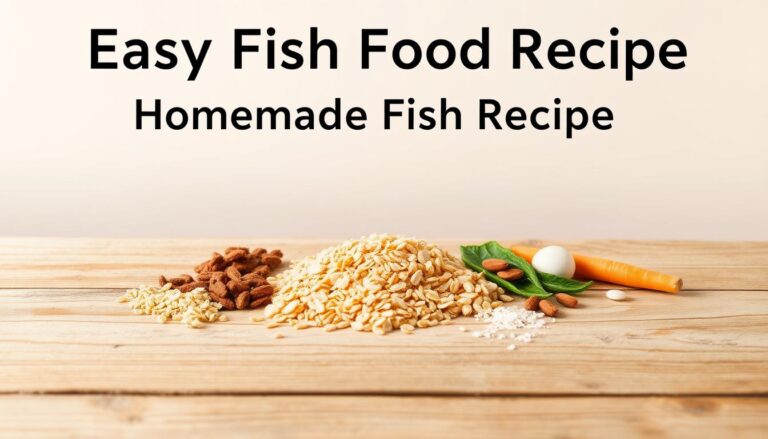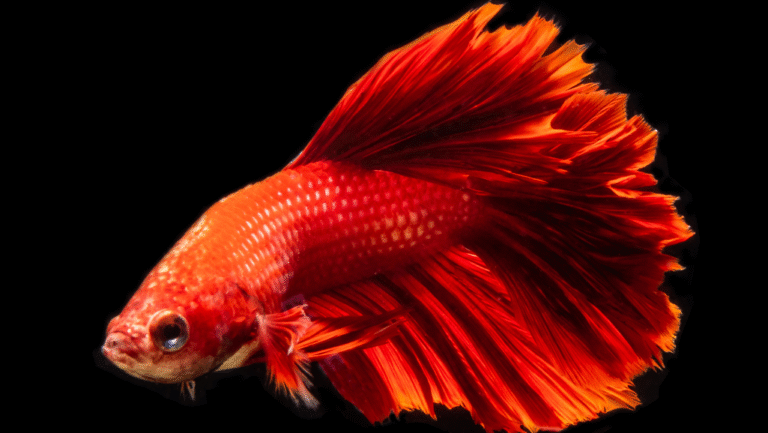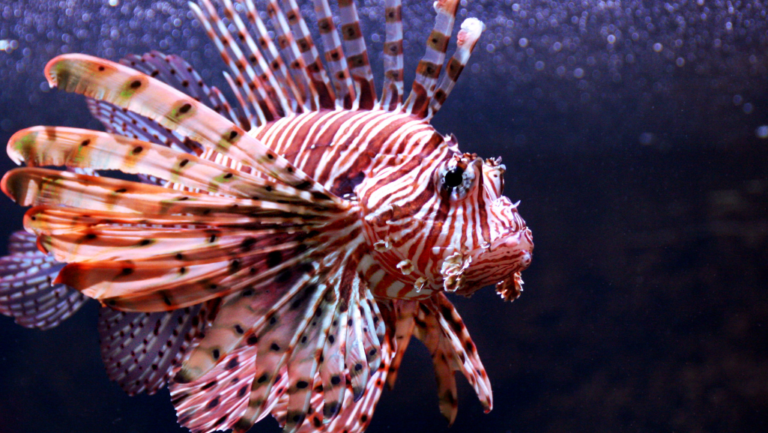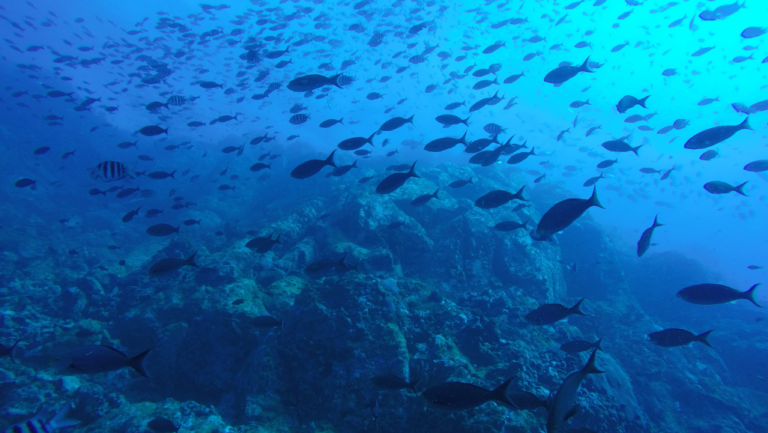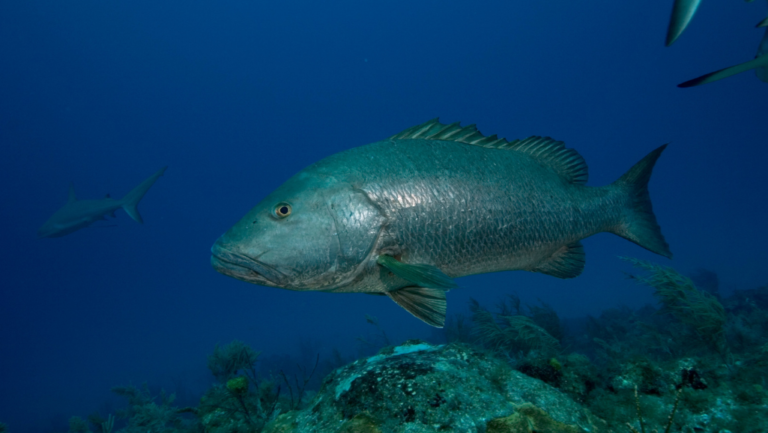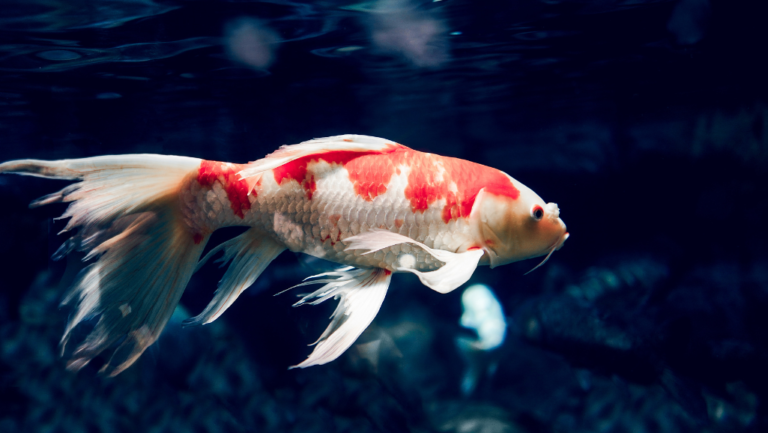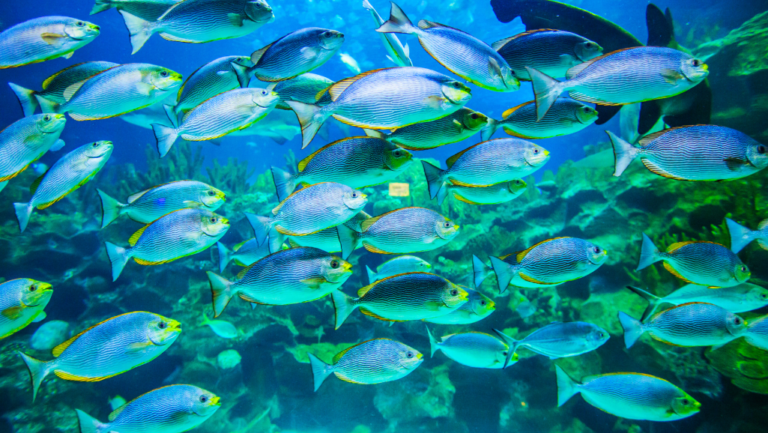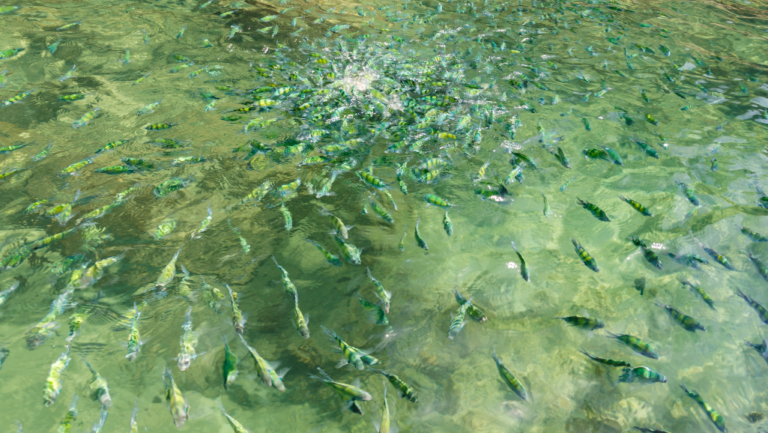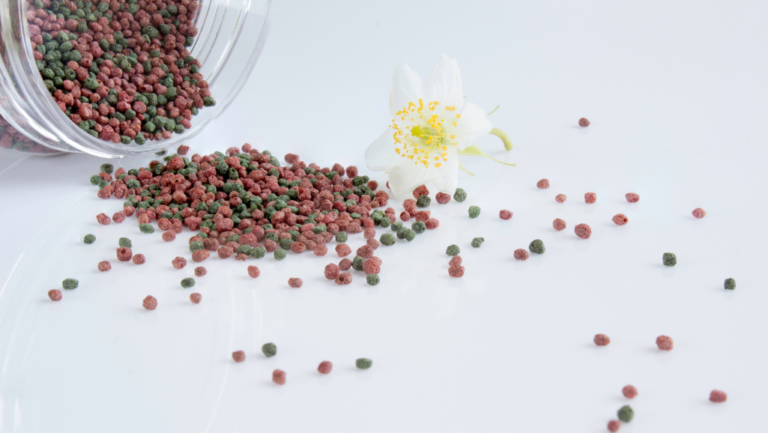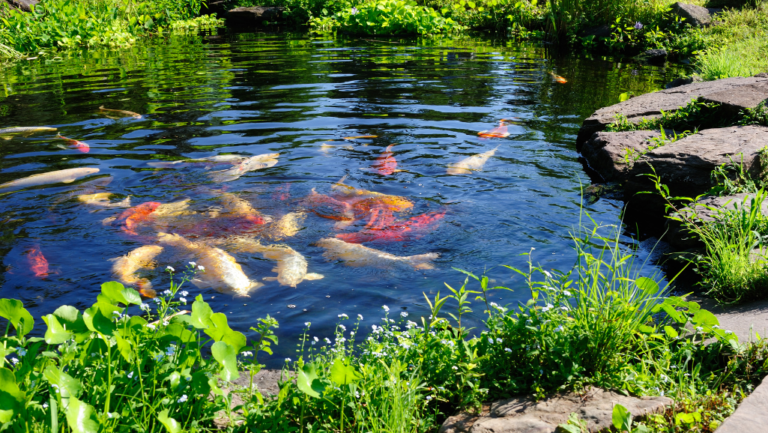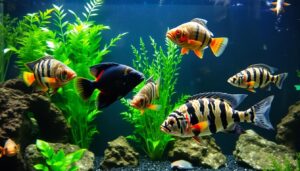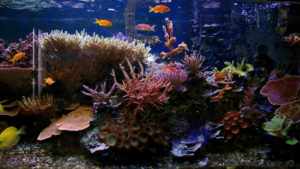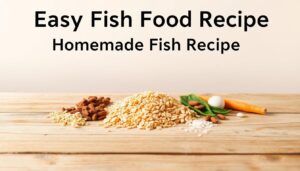Healthy routines start with simple choices. This short introduction sets the scene for feeding that supports long, vibrant lives for your fish and a clear, stable aquarium.
Goldfish are natural grazers with a long gut and pharyngeal teeth. Temperature and tank size shape appetite, so small, steady portions work better than one large meal each day.
Overfeeding harms water quality and health. Use the two-minute rule: offer only what they finish in that time. Choose slow-sinking pellets and plant-forward foods with balanced protein for steady digestion and color.
Practical care ties diet, water, and maintenance together. Match portions to body shape and activity, check filtration, and adjust across the week as fish grow or seasons change. This guide helps you build confident, science-based feeding habits that keep your aquarium thriving.
Key Takeaways
- How Often to Feed Goldfish.
- Favor small, consistent meals that match metabolism and tank temperature.
- Use the two-minute rule to protect water quality and health.
- Pick slow-sinking pellets and plant-rich enrichment for digestion.
- Adjust portions by size, activity, and weekly observations.
- Good feeding equals better color, body shape, and longevity.
- Combine diet choices with clean water and proper maintenance.
Understanding Goldfish Biology and Feeding Behavior
A goldfish’s digestive design favors constant nibbling across the day instead of one big meal. This simple fact shapes practical choices for body condition, water quality, and comfort in both tank and pond settings.
Why grazing matters: no true stomach and long intestines
Goldfish lack a true stomach and use pharyngeal teeth plus a long intestinal tract to process food slowly.
This setup mirrors many herbivores and makes small, frequent portions ideal for steady nutrient uptake and less waste.
Bilobed swim bladder and buoyancy sensitivity in fancy fish
Selective breeding gave fancy types a bilobed swim bladder and a rounder body. This makes them prone to buoyancy issues after meals.
Sinking or slow-sinking pellets and brief pre-soaking reduce surface gulping and lower the risk of air-related problems.
- Natural diet: include plant matter and algae — think spirulina, duckweed, and blanched veggies.
- Match foods to body and size: round-bodied types need calmer currents and below-surface options.
- Watch for signs: post-meal floating, sluggish movement, or odd posture signal feeding-related issues.
how often to feed goldfish
Temperature sets the feeding rhythm: cool water slows activity while warmth sparks appetite.
Follow the thermometer, not the clock. In the 60–70°F range, offer one short meal a day. Between 70–75°F, split that into two quick sessions. At 75–80°F, two to three small feedings help match higher metabolism, but watch oxygen and waste.
Use the two-minute rule each time: serve only what your fish finish in roughly two minutes. Choose slow-sinking pellets to reduce surface gulping and lower buoyancy risk for round-bodied varieties.
“Smaller, more frequent meals mirror natural grazing and protect water quality.”
- Let temperature lead meal frequency and adjust amounts with tank size and filtration.
- Keep a short log of times, amount, and fish response to fine-tune portions.
- On very cool days (below 50–55°F), cut back to rare meals—metabolism drops dramatically.
Temperature-Based Feeding Schedule for Tanks and Ponds

Let the thermometer guide your daily routine; warm water needs more meals, cool water far fewer.
Below about 55°F: Metabolism slows. Offer food once per week or less. This protects digestion and keeps water clear while fish rest.
60–70°F: steady baseline
At this temperature band give one meal each day. Watch appetite and water clarity. Adjust portion size by body size and tank or pond filtration.
70–75°F: split meals
Provide two small times per day for steady energy. Small portions cut waste and lower buoyancy risk for round-bodied types.
75–80°F: active metabolism
Two to three feedings daily work here, but assess oxygen and filtration. If warmth is sustained, consider cooling measures rather than simply increasing food.
- Make sure a reliable thermometer is in place.
- Choose a goldfish-friendly pellet diet near 32–35% protein and moderate fat.
- Protect water quality: warmer temps need more aeration and maintenance.
Portion Control: How Much in Minutes, Not Handfuls
Measure meals by the clock rather than the scoop — minutes give clearer guidance than guesswork.
The two-minute rule protects water and keeps fish healthy. Offer only what your school can eat with clear enthusiasm within about two minutes. Any leftover drifting or sinking means reduce the amount next time.
Young versus adult needs
Young goldfish benefit from slightly more frequent, modest servings to support rapid growth. Adults usually thrive on fewer, precise meals each day, which helps maintain body shape and water clarity.
Practical tips for clean tanks
- Think minutes: let time set portion size rather than handfuls.
- Choose slow-sinking pellets so eating stays calm and digestible.
- With rounded gravel, add small portions and vacuum during changes so food won’t hide in substrate.
- Offer blanched, shelled peas now and then for fiber and digestion support.
“Build a habit around minutes and watch the aquarium respond with clearer water and happier fish.”
Smart Food Choices: Pellets, Plants, and Protein Balance
Select a core diet that balances plant matter and sensible protein. Good staples support steady digestion, clear water, and bright color in your aquarium. Match ingredient quality with portion control.
Choose the right pellet. Look for goldfish-formulated pellets near 32–35% protein and 7–8% fat. Slow-sinking or sinking pellets help fancy goldfish avoid air gulping and buoyancy stress.
Favor formulas with plant matter, spirulina, and natural pigments like astaxanthin for color. Bug Bites and similar soldier fly larvae blends offer nutrient variety and slow-sinking options.
Enrichment matters. Rotate algae wafers, spirulina flakes, daphnia, and small amounts of blanched peas. Use frozen brine shrimp or bloodworms as treats twice a week, not daily.
“Quality ingredients and careful portions keep fish lively and tanks cleaner.”
- Prioritize balanced pellets and a plant-forward base.
- Rotate enrichment foods to boost interest and nutrition.
- Store dry foods cool and replace periodically for best vitamins.
Feeding Setup: Tank Size, Substrate, and Water Quality
Design matters. Creating the right tank and aquarium layout makes daily meals safer and keeps your system balanced.
Rounded gravel for safe foraging
Pick smooth, rounded gravel. It lets fish root around without cuts and reduces trapped food that fouls water.
Moderate size gravel hides less debris than deep, fine sand. Pair it with modest portions and slow-sinking pellets so leftovers are rare.
Test, filter, and change water to prevent leftover-food issues
Monitor key parameters: ammonia <0.1 ppm, nitrite <0.2 ppm, nitrate <50 ppm, pH 6.5–7.5, and temperature about 68–75°F.
Weekly 10–25% changes and a gravel vacuum keep detritus low. Rinse filter media in removed tank water to keep beneficial bacteria intact.
- Match tank size and filter flow to your stocking level for stable water quality.
- Ensure good aeration after a meal and check algae as a mild grazing option.
- If cloudiness or sluggish fish appear, trace the problem back to portion size, pacing, and maintenance.
Special Cases: Fancy vs. Common Goldfish Needs
Fancy varieties demand a gentler setup because their rounded frames change swim power and balance. Match flow and food style with each fish’s shape and skill.
Body shape, swim strength, and current management
Let body form guide your choices. Fancy goldfish often have a compact body and weaker thrust. Create calm zones with adjustable filtration so delicate types can rest and eat without fighting a strong current.
Surface flakes vs. sinking pellets — pick to prevent buoyancy problems
Floating flakes can encourage air gulping and later buoyancy issues. Use sinking pellets or a slow-sinking pellet that reaches the bottom and reduces gulped air.
- Keep decor smooth and spacious to avoid entrapment.
- House similar types together when possible for fair competition.
- Feed in zones so shy or slow swimmers access food each day.
“Small changes in flow and pellet choice often solve persistent buoyancy problems.”
Treats, Variety, and Weekly Routines
A simple rhythm of treats and vegetable days keeps your aquarium lively without upsetting balance. Create a weekly plan that adds interest while preserving clear water and steady digestion.
Twice-weekly treats
Set aside two light sessions each week for frozen bloodworms or brine shrimp. Offer small portions your fish finish quickly. Keep treats modest so protein spikes don’t harm water or gut health.
Vegetable days
Pick two days for veggies. Serve blanched, shelled peas and thin slices of softened zucchini. These choices add fiber and help digestion without replacing core pellets.
- Add a pinch of algae wafers or a smattering of duckweed for natural grazing and enrichment.
- Keep treats supplemental; pellets remain the nutritional anchor of the meal plan.
- Rotate foods across the week so interest and nutrient variety stay high.
- Adjust frequency by tank size and stocking; smaller systems need gentler schedules.
“Use set times and small portions each week to reward your fish while protecting water quality.”
Store frozen and dry food properly and remove uneaten bits promptly. Watch body shape and energy after treats; if waste climbs or activity falls, cut back the extras. A steady, varied plan will boost color and vigor without upsetting the system.
Problem-Solving: Overfeeding, Buoyancy, and Vacation Plans
Small mistakes in daily portions can cascade into cloudy water and stressed fish. If your tank clouds, waste piles up, or behavior slows, you may have a problem. Trim portions and retest the two-minute benchmark.
Buoyancy after a meal is common in round-bodied varieties. Switch to sinking pellets and briefly pre-soak foods so air stays out of gulps. Add blanched peas or other greens to aid digestion and reduce floaters.
Travel smart
For short trips, pre-bag measured rations and hide extras so helpers won’t double up. Skip brick-style “vacation feeders”; they often foul water. Use a reliable programmable feeder that dispenses tested amounts on schedule.
- Make sure you remove uneaten food promptly and keep gentle, frequent portions.
- Complete water changes, check filters, and verify equipment before leaving.
- Don’t crash-cool temperature to stretch fasting; sudden shifts create new issues.
“A clear checklist and pre-portioned rations keep your aquarium stable when life pulls you away.”
Conclusion
Aligning meal rhythm with water temperature keeps your aquatic community steady. Keep portions small and timed so each serving clears within about two minutes. ,
Choose a balanced diet near 32–35% protein and lean toward sinking or slow-sinking pellet formats with plant-forward options like spirulina and algae. Watch posture and appetite after each day’s portion and adjust amount for size and activity.
Make sure water stays clear through testing, reliable filtration, and regular changes. In larger tanks or a pond you gain extra margin for error, but steady maintenance matters everywhere.
Simple, consistent steps—temperature-aware timing, measured portions, quality diet, and clean water—turn routine feeding into lasting health and color. Your fish will reward that care with vigor and years of companionship.





